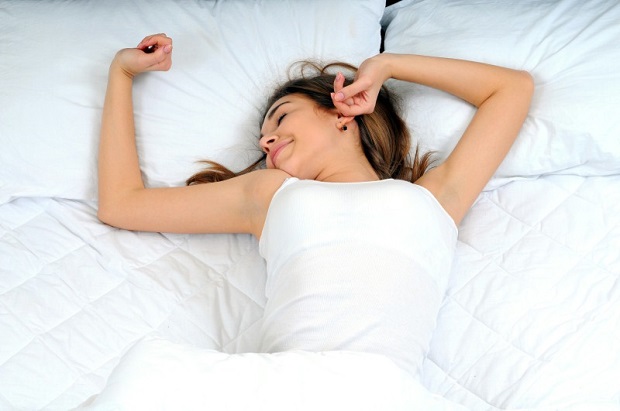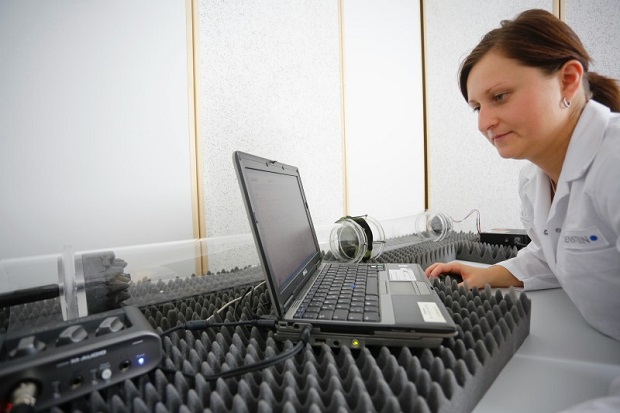
New Evolon technology offers solution for items filled with feathers
Encasings used by allergy sufferers to protect mattresses, pillows and duvets from dust mites are also an important hygiene precaution anywhere where bed occupancy changes regularly. According to the Hohenstein Institute research team, there are disadvantages to the covers available on the market, on account of the coated membrane inside them that is said to fail to provide a satisfying level comfort and breathability. Scientists at the Institute therefore have developed a new kind of special pillow encasing designed to suppress the noise and absorb the sleeper's sweat more effectively as part of a research project.

21st February 2014
Innovation in Textiles
|
Boennigheim
Encasings used by allergy sufferers to protect mattresses, pillows and duvets from dust mites are also an important hygiene precaution anywhere where bed occupancy changes regularly.
According to the Hohenstein Institute research team, there are disadvantages to the covers available on the market, on account of the coated membrane inside them that is said to fail to provide a satisfying level comfort and breathability.

Scientists at the Institute therefore have developed a new kind of special pillow encasing designed to suppress the noise and absorb the sleeper's sweat more effectively as part of a research project.
“Until now, despite their clear advantages in terms of hygiene, pillow encasings have not been very widely used in this kind of institution. Weighing up the costs and the benefits often resulted in conventional pillow encasings not being used,” said Dr Beringer, who led the research team.
“It's not surprising, because there were lots of complaints about the loud rustling noise, the ‘airbag effect’ caused by delayed release of air and generally disturbed sleep, due, for example, to excessive sweating.”
In their research, the scientists paid particular attention to reducing the loud rustling noises that are said to greatly impair the sleeper’s rest or recovery. Considerable noise reduction was achieved by ensuring that the fabrics used were ideally suited to their purpose. The underlying design principle is that a fabric should be chosen that is as fine as possible.

In this project, warp knitted fabrics were used. The application of a membrane to the underside of the fabric provided the textile technology solution for the hygiene security that was also required.
Combining the optimised fabric with the specially chosen membranes as a protective barrier against bacteria ensured that there would be no more disturbing rustling noises when people moved about in bed.
In a further step, the researchers optimised the way the warp knitted fabric and the membrane system were combined, with regard to their effects on thermophysiological comfort (thermal insulation, permeability to water vapour) and skin sensory comfort (softness, suppleness).

Finally, they tested how well the textile construction withstood commercial processing conditions. If the newly developed pillow encasings are to be suitable for leasing, it is important that there is no reduction in their performance due to commercial processing.
The encasings are expected to mainly be effective in improving hygiene conditions where there are frequent changes of occupancy in care homes, especially during short-term or preventive stays.

Business intelligence for the fibre, textiles and apparel industries: technologies, innovations, markets, investments, trade policy, sourcing, strategy...
Find out more